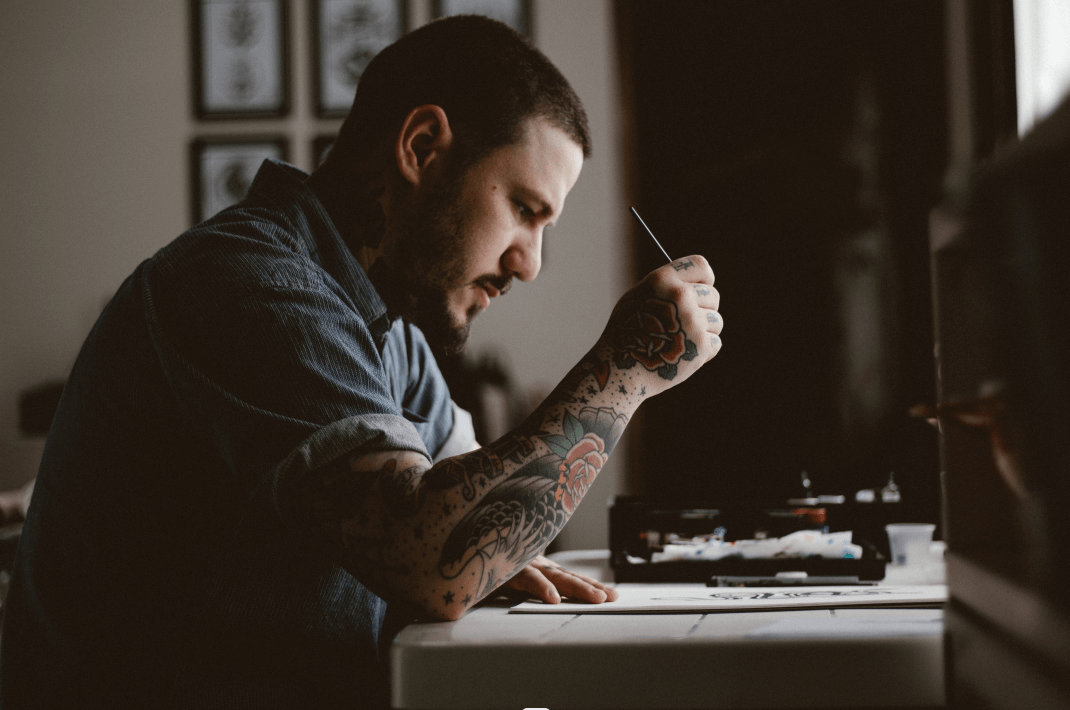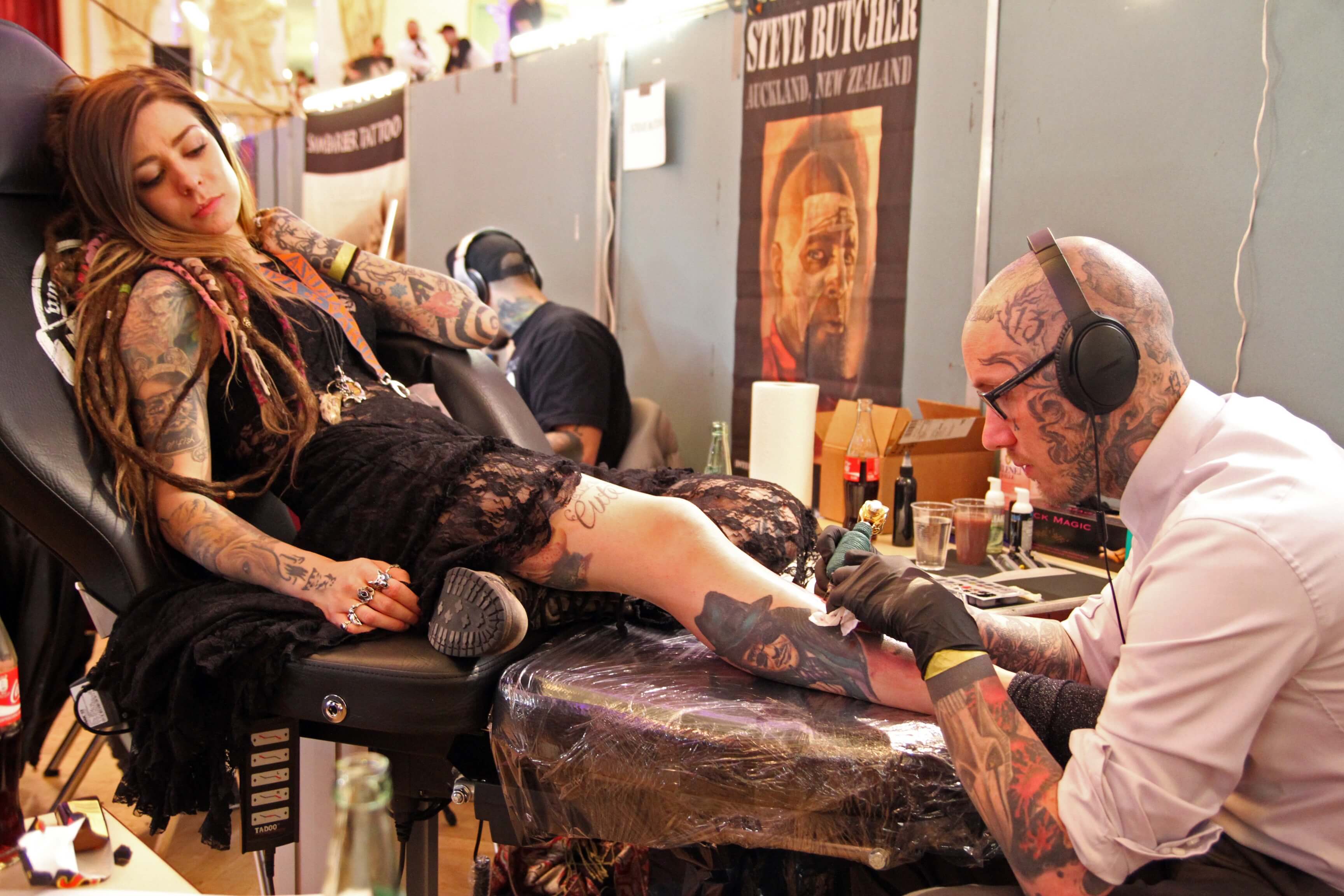Deciding to get a tattoo is fascinating and very serious. It is exciting because you will have this excellent permanent work of art on your body. On the other hand, it is serious because it involves the painful process of being repeatedly "stabbed" with a tattoo needle. So the fact that you are reading this article means that you are taking your tattoo experience seriously, which is very commendable. We believe it is essential to get the correct information before starting your tattooing journey. If you want to learn more about tattoo needles and how they work, then you have come to the right place. So, without further delay, let's get started! To understand the whole process of tattoo needles, we need to start with the basics; tattoo machines, of course. A traditional tattoo machine is an electric device used for tattooing all over the world. A standard tattoo machine uses a specific electromagnetic coil mechanism to pulse the tattoo needle into the skin, moving the armature bar up and down at a rate of 6,000 times per minute. However, a tattoo machine is nothing without ink. The ink needs to be transferred into the skin as the needle is pushed in and out of the skin. Remember the armature bar? A barbed needle set is attached to this lever and is responsible for making the ink into the skin. Now, how does the machine make sure the ink stays in the skin? When the tattoo machine pushes the needle into the skin, the needle pierces the skin and creates a hole for storing the ink. When the hand is made out of the skin, it creates a vacuum seal that draws the ink into the holes previously formed in the skin. In those, resulting gaps are skin cells called macrophages and fibroblasts. This is where the ink is trapped and sealed. Therefore, the ink is sealed in the skin and should remain in place throughout the tattoo healing process. However, if the healing process does not go well, the ink can leave the skin at any time and cause problems such as tattoo infection.




